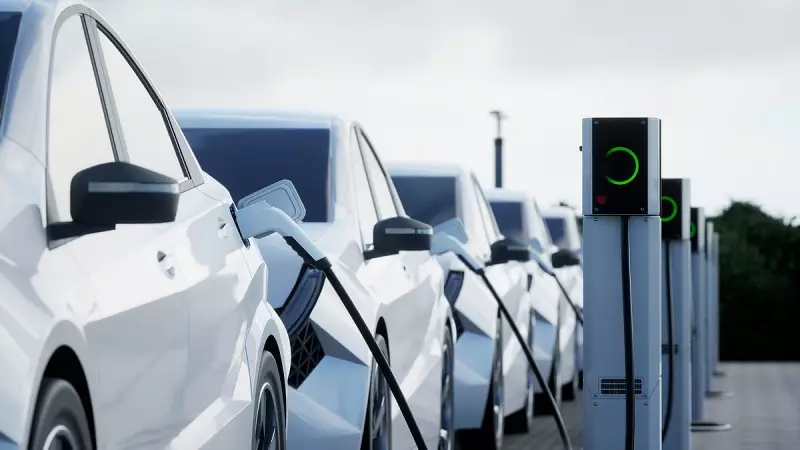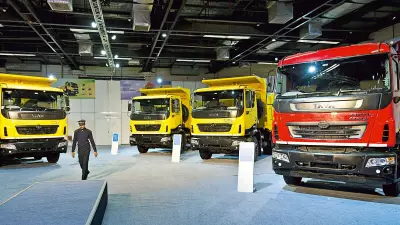
India stands at a critical juncture in its electric vehicle revolution, facing a choice between simply assembling imported components or developing its own indigenous technological backbone. According to industry expert Yogesh Pandit, the country must prioritize deep design capabilities over superficial assembly to secure its automotive future.
The Assembly Trap vs Development Path
Many developing nations fall into what experts call the assembly trap - where they become dependent on importing key components and technology while providing only low-value assembly labor. India has demonstrated remarkable ability to scale manufacturing quickly, but now faces the more challenging task of building design and innovation capabilities from the ground up.
The electric vehicle sector represents a unique opportunity for India to leapfrog traditional automotive development paths. With the global shift toward electrification, the playing field has been leveled, allowing new players to compete without decades of combustion engine legacy.
India's Proven Scaling Capabilities
Historical evidence shows that India can scale manufacturing rapidly when the right conditions align. The country's pharmaceutical industry, space program, and information technology sector all demonstrate this capacity for rapid growth and adaptation.
In the EV space, several Indian companies have already shown promising results in manufacturing electric two-wheelers and three-wheelers at competitive prices. However, the core technology - including battery management systems, power electronics, and charging infrastructure - often remains imported or licensed from foreign companies.
The Path to Deep Design Innovation
Building true design capabilities requires significant investment in research and development, specialized education, and creating ecosystems that support innovation. This means developing homegrown expertise in battery chemistry, electric motor design, power electronics, and vehicle software systems.
Yogesh Pandit emphasizes that the November 13, 2025 perspective calls for a fundamental shift in approach. Rather than focusing solely on production numbers and market share, India must cultivate the engineering talent and research infrastructure needed to create original EV technology.
The government's production-linked incentive schemes and the Faster Adoption and Manufacturing of Electric Vehicles (FAME) policy have created initial momentum. However, these need to be supplemented with stronger support for basic research, prototyping facilities, and industry-academia collaboration in core EV technologies.
Strategic Importance of Indigenous EV Development
Developing domestic EV capabilities goes beyond economic considerations. It touches on national security, energy independence, and environmental sustainability. By controlling the entire technology stack, India can ensure that its transportation future aligns with its specific needs, infrastructure constraints, and environmental goals.
The country's unique driving conditions, climate variations, and urban patterns require tailored solutions that global one-size-fits-all approaches may not address effectively. Indigenous design capabilities would allow for vehicles optimized for Indian roads, weather, and usage patterns.
As the November 2025 analysis indicates, India's EV future must be developed, not just assembled. The country has already proven it can scale fast; the next challenge is proving it can design deep, creating an electric mobility ecosystem that is truly self-reliant and innovative.





